USB PC/Charging Cable
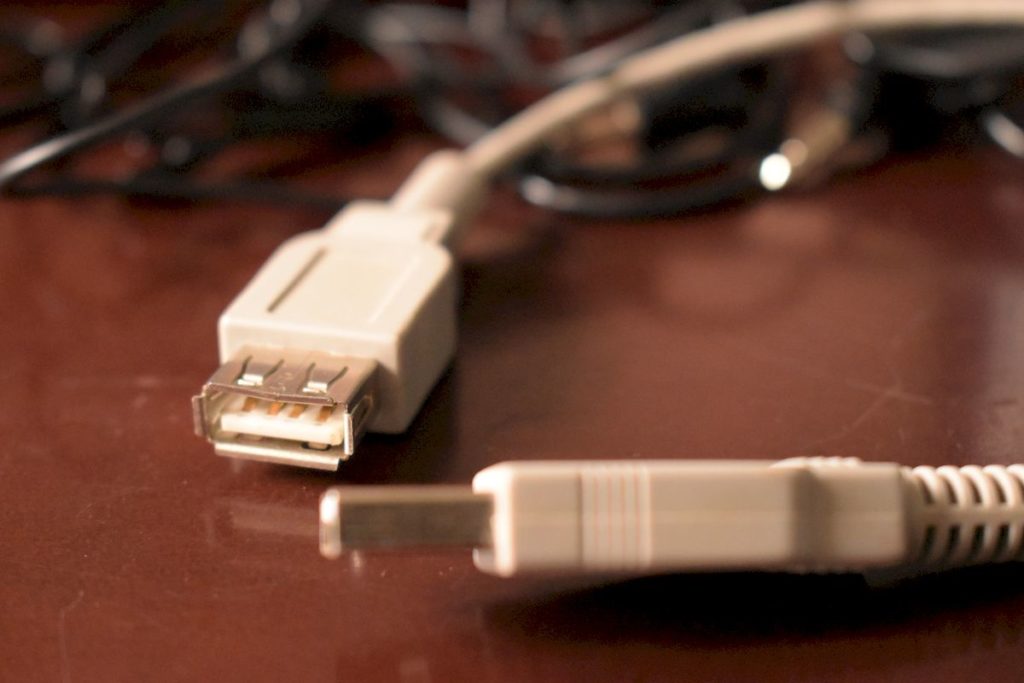
As I outlined in this post on how to take care of your Sony ICD-ux560, I consider this cable a must have accessory. It’s possible to charge and connect your Sony recorder to your PC/Mac without a cable, but the built in USB is the weakest part on this recorder. And if breaks off, you are left with a very light paperweight.
Now, the cable you get will depend on your PC/Mac.
- If you own an older computer (PC/Mac) that comes with the full size USB port, get this Female to Male USB A cable (Amazon link).
- If you own a newer computer (PC or Mac) with a USB Type C port, get this Female to Male USB A to USB-C cable (Amazon link).
- If you are on a Mac computer that has a lightening port, get this Female to Male USB A to lightening cable (Amazon link).
Micro-SD Cards
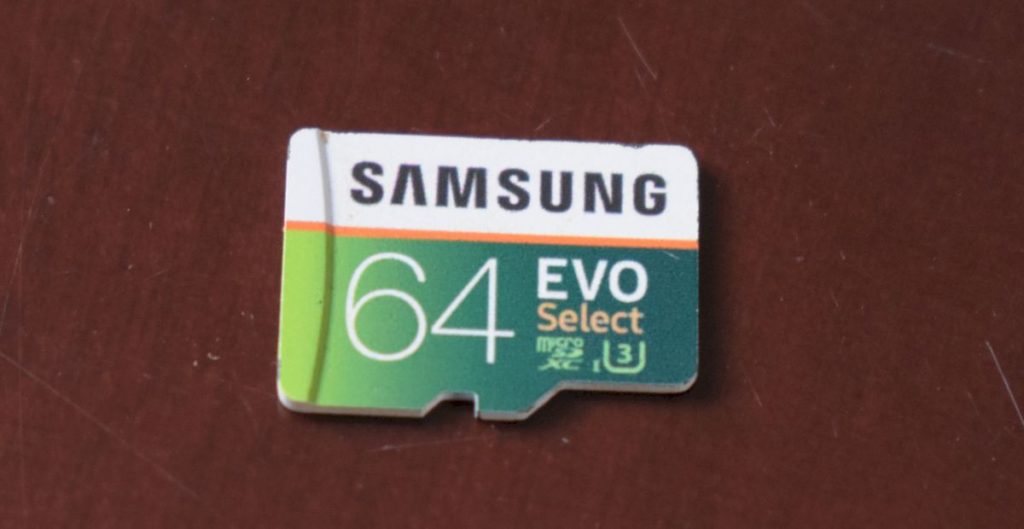
You can store your audio recording into the Sony ICD-ux560 internal memory, but it’s only 4GB. That’s about 5 hours of recording using the WAV format that I recommend. If you plan to record a lot of audio and infrequently transfer them to your computer – I recommend you get a MicroSD Card.
This Samsung microSDXC 64GB EVO Select (Amazon link) increases your audio recording capacity to over 100 hours; more than sufficient for most research projects.
Clip-on Microphones
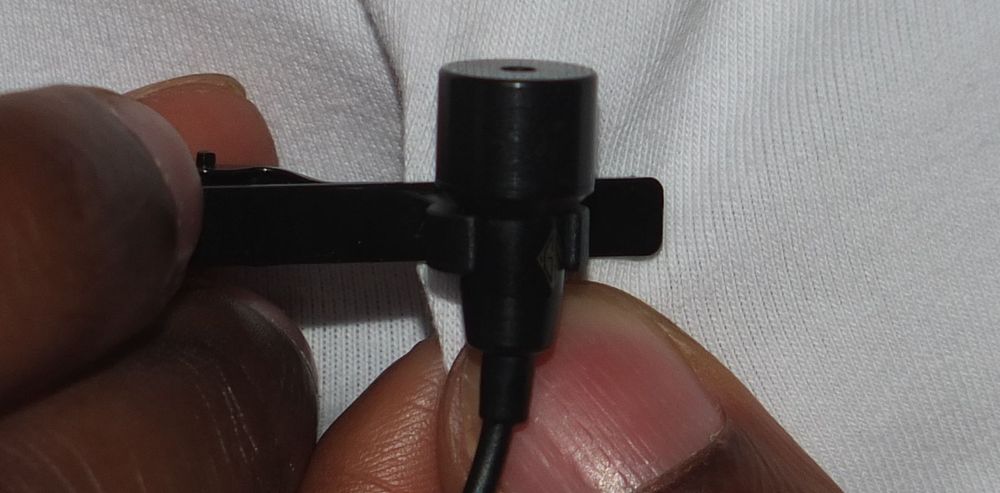
If you plan to record your research interviews in a noisy location, I strongly recommend that you use clip-on microphones. They’ll greatly improve the quality of your audio recording.
I’ve found the perfect clip-on microphone for the Sony ICD-ux560 to be the Giant Squid Lavaliere Mic (Amazon link). I recommend you get at least a couple, one for you and another for your interviewee. Here’s a detailed review of the Giant Squid lav mic.
Boundary Microphones
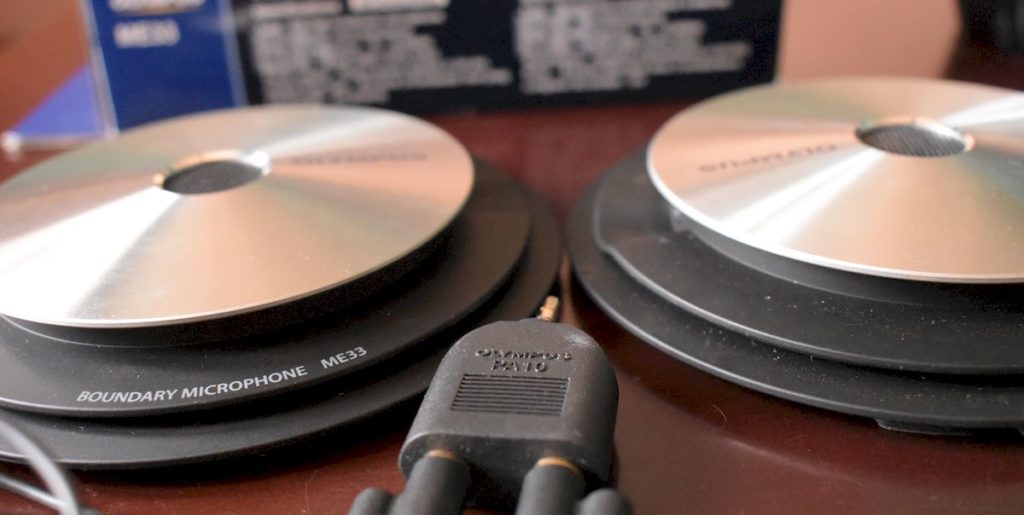
You’ll need boundary microphones to record small to medium sized focus group discussion. I’ve penned detailed post on how to record focus group discussions.
The boundary microphones I recommend are the Olympus ME33 boundary microphones (Amazon Link). A couple of them are sufficient for recording small focus group discussions; more for medium sized groups. For larger focus groups, check out my post on recording focus group discussions for alternative solutions. Here’s a detailed review of the ME33 boundary mics.
Splitter Cable
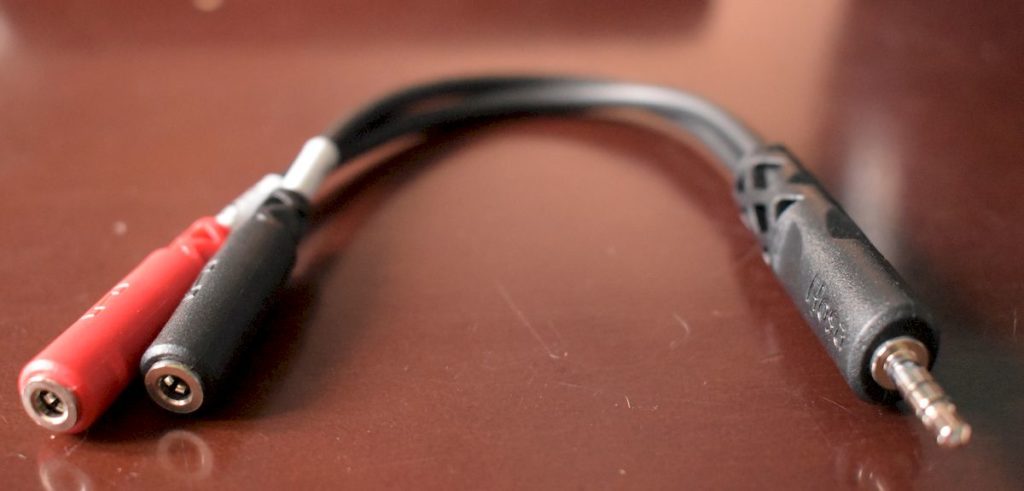
When recording interviews in noisy locations, you are going to need a splitter cable so that you can connect 2, or more, clip-on microphones to your ux560. The ME33s boundary mics come with a splitter, so you’ll not need get one when using them to record focus group discussions.
I recommend the Hosa splitter (Amazon link). Works very well with Giant Squid lav mics and ux560.
Power Bank
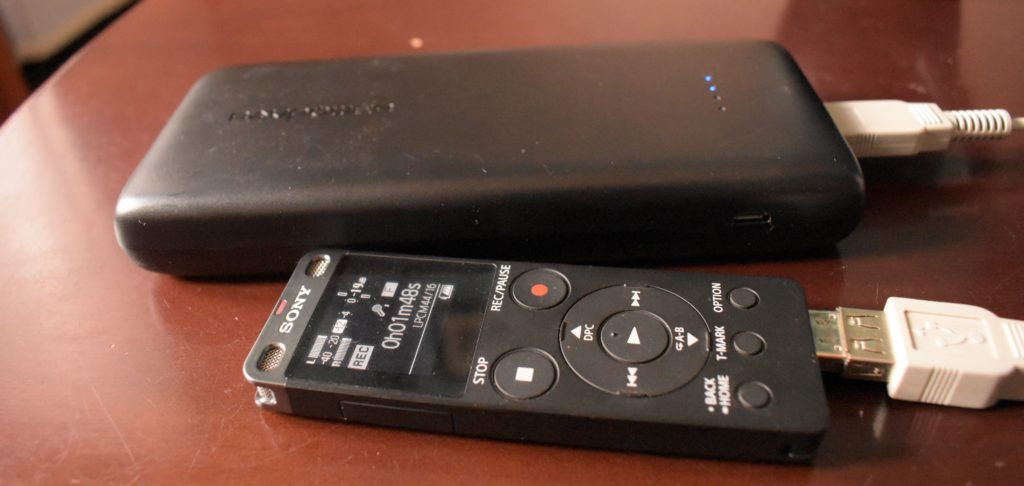
Now, the ux560 comes with an internal battery which can last a whole day while recording. However, if you need to run the recorder for more than 24 hours, and are not sure you’ll have access to mains electricity during your fieldwork, a power bank is a worthwhile investment.
The RAVpower 22000mAh (Amazon link) fully charges the ux560 8 times, before you need to recharge it. Great value battery pack for the ux560.
Carrying Case
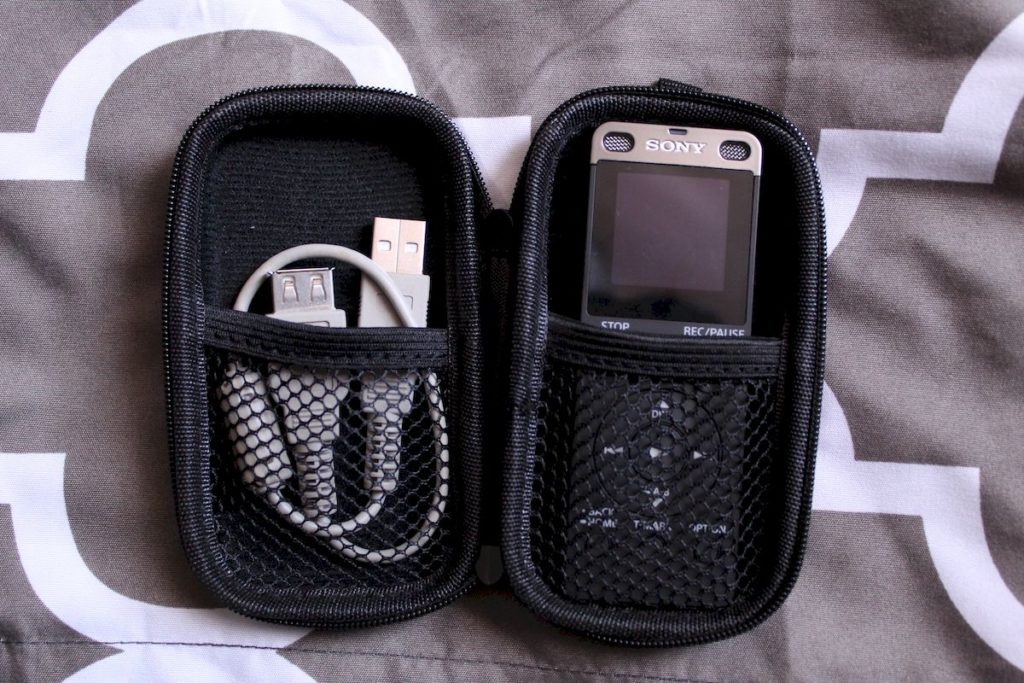
A carrying case is a great accessory that protects your Sony ux560 from scratches, falls, bumps etc. The ux560 is relatively small, so most hard cases are too big.
But the Hooket Carrying Case (detailed review) is a perfect carrying case (Amazon link) for the ux560.
That’s it for this short post on Sony ICD-ux560 Accessories. The beauty of having all the accessories on a single post is that it’s very easy to keep it up to date – which I will. If you have any questions, please post them in the comment section…

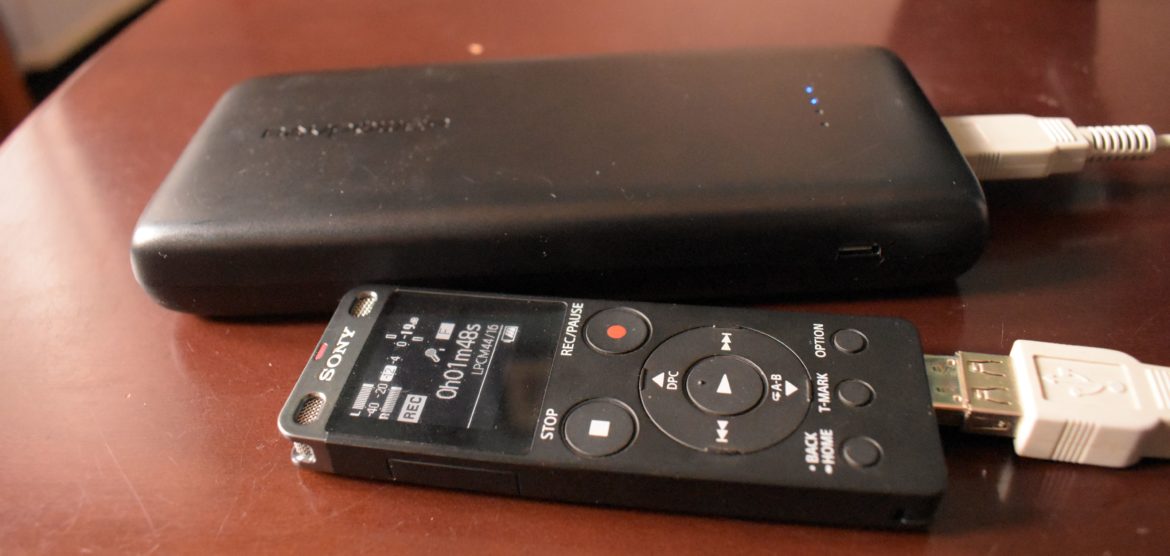
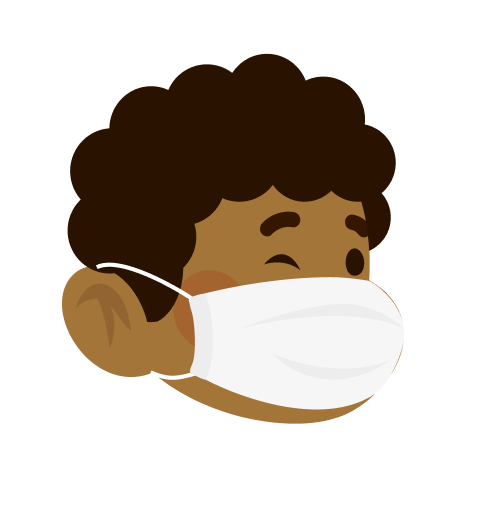
Leave a Reply